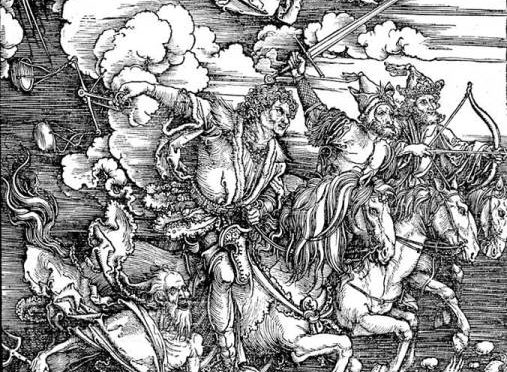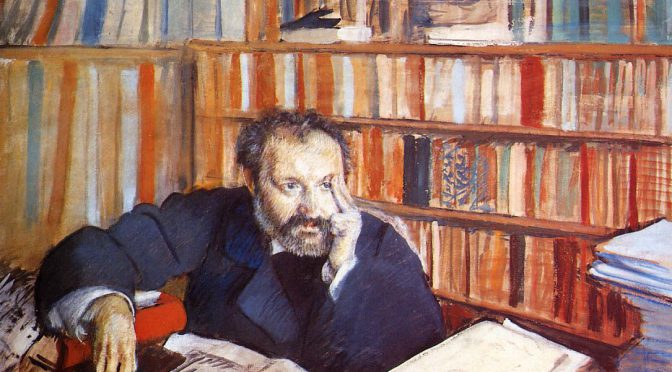Colloque international
Date et lieu : 27 février 2020, Prague
Date limite d’envoi des propositions : 15 novembre 2019
Organisateurs : Institut d’histoire de l’art de l’Académie tchèque des sciences et le CEFRES
Organisé en collaboration avec : Institut d’histoire contemporaine (AV ČR) et Université Paris-Nanterre
Langue : anglais

Le mouvement de photographie activiste de gauche qui s’est épanoui dans l’Europe centrale de l’entre-deux-guerres a généré une masse d’images documentaires dont on peine encore aujourd’hui à mesurer l’ampleur. Conçues comme un instrument de dénonciation des inégalités sociales, comme une “arme de classe” selon l’argument de propagande communiste, ces photographies dépeignaient les conditions de vie, le travail, les loisirs et l’activité politique des travailleurs. Cette photographie – alternativement qualifiée de sociale, prolétaire ou ouvrière par ses acteurs – avait vocation à fournir la presse d’extrême-gauche en images, afin d’offrir une alternative à la presse illustrée « bourgeoise ». C’est pourquoi certaines épreuves ont rejoint les fonds iconographiques de journaux, d’iconothèques, tandis que d’autres sont restées entre les mains de leurs auteurs.
L’occupation nazie en Europe a conduit les communistes à détruire ou cacher leurs archives : en Allemagne, le fonds iconographique du journal Arbeiter Illustrierte Zeitung, en France les archives du magazine Regards, et dans de nombreuses villes de Tchécoslovaquie, de Hongrie, de Pologne, de nombreux fonds d’agences ou d’organisation de gauche ont fait disparaître ce matériau jugé compromettant. Mais après la Seconde Guerre mondiale, certaines de ces images ont réapparu et ont connu une seconde vie. Certaines ont été transférées dans les fonds documentaires des musées du mouvement ouvrier qui ont fait florès dans les pays du bloc de l’Est durant les années 1950. D’autres se sont retrouvées dans les collections photographiques des musées d’art fondées à partir des années 1970. D’images de l’actualité, ces épreuves se sont alors muées en documents historiques ou en œuvres d’art; d’éphéméra, de représentations reproductibles à l’envi, elles sont devenues des objets culturels à part entière. Aujourd’hui ce matériau visuel pose de nouveaux défis liés au statut des images, aux modes de conservations et aux usages idéologiques du passé.
L’objectif de ce workshop sera d’examiner le devenir institutionnel, muséographique et historiographique de la photographie sociale en Europe centrale de 1945 jusqu’à nos jours. Nous espérons ainsi engager la réflexion d’une part sur les usages historiques de cette production et leur patrimonialisation après 1945, et d’autre part sur la gestion actuelle de sa mémoire dans les musées d’Europe centrale.
Le workshop fait partie des rencontres internationales et interdisciplinaires organisées par le Centre de Recherche en Photographie à l’Institut d’Histoire de l’Art de l’Académie des Sciences de République tchèque (https://www.udu.cas.cz/en/photography-research-centre/). Fondé en 2018, ce Centre a pour ambition de devenir une plateforme unique de la recherche interdisciplinaire en République tchèque, et a pour objectif de surmonter les approches nationales, sectorielles et mono-institutionnelles de la photographie et de l’histoire de la photographie en Europe centrale.
Axes de réflexion :
- Quelles stratégies de patrimonialisation et d’historisation ont guidé le transfert de ces images vers les collections des musées du mouvement ouvrier ? Dans quel contexte s’inscrivaient-elles (commémoration, célébration, dénonciation) ? À quels acteurs les doit-on ?
- Quels protocoles de conservation, de classement et d’indexation ont été mis en place quand ces photographies ont rejoint les collections des musées ?
- Sous quelle forme ces photographies ont-elles été exposées ? Comment ont-elles été mises en espace ?
- Quels usages politiques, idéologiques et culturelles de la photographie ouvrière dans les musées ?
- Questions d’historiographie : l’utilisation des photographies ouvrières dans les discours officiels ou les histoires de la photographie ouvrière, qu’elles soient locales ou transnationales.
- Quels pouvoirs (d’immédiateté, de contestation, d’attestation) et quelles valeurs (artistique, documentaire, historique) ces photographies ont-elles perdu ou au contraire gagné lors de leur transfert ?
- Quels passages du privé au public, de l’album à la cimaise, de l’argentique à l’imprimé, voir au numérique peut-on observer ?
- Échanges internationaux entre institutions et circulation des photographies.
- Études comparatives sur les collections de photographies ouvrières dans les musées d’Europe centrale et orientale après 1945.
L’appel s’adresse aux chercheurs, conservateurs, archivistes et responsables de collection travaillant sur les questions de conservation, collection, exposition, et d’historiographie de la photographie ouvrière dans les musées d’Europe centrale et orientale après 1945.
Date limite pour le dépôt des candidatures : 15 novembre 2019
Propositions de contributions : résumé de 300 mots maximum pour un exposé en anglais d’environ 20 minutes, ainsi qu’une courte biographie (environ 150 mots) sont à envoyer à Fedora Parkmann (parkmann@udu.cas.cz).
Défraiement des participants : Une aide financière pour couvrir le coût du transport et du logement peut être offerte aux participants qui ne sont pas capables d’assurer un financement de la part de leurs établissements respectifs.
Le workshop se déroulera à Prague le 27 février 2020 au CEFRES (Centre français de Recherches en Sciences humaines et sociales) et sera dispensé en anglais.
Organisation
- Fedora Parkmann (Institut d’histoire de l’art, Académie tchèque des sciences / CEFRES)
- Christian Joschke (Université Paris-Nanterre, Paris) – collaboration scientifique
Comité scientifique
- Jérôme Heurtaux (CEFRES)
- Petr Roubal (Institut d’histoire contemporaine, Académie tchèque des sciences)
- Petra Trnková (Photographic History Research Centre, De Montfort University, Leicester / Centre de Recherche en Photographie, Institut d’histoire de l’art, Académie tchèque des sciences)




